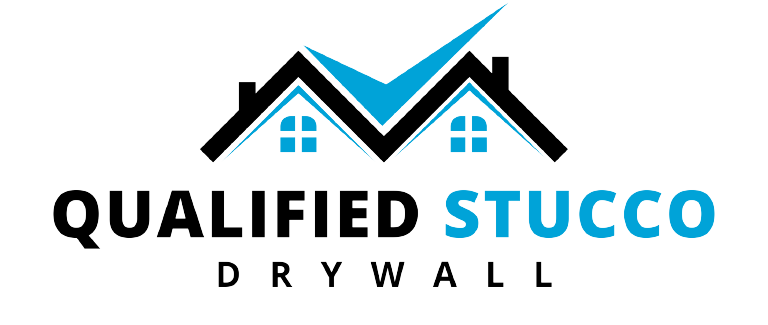Drywall damage is a common issue that can occur in any home, whether due to accidents, wear and tear, or structural issues. When faced with the need for drywall repair, it’s essential to choose the right method to achieve a seamless and professional-looking result. In this blog post, we will provide you with a comprehensive guide on how to choose the right drywall repair method, ensuring a flawless finish that blends seamlessly with your existing walls.
Assess the Damage:
Before selecting a repair method, it’s crucial to assess the extent and type of damage to your drywall. Common types of damage include small holes, larger holes or gaps, cracks, and water damage. Understanding the nature of the damage will help determine the appropriate repair technique.

Spackling or Patching Compound:
For small holes, cracks, or minor damage, spackling or patching compound is often the go-to solution. These lightweight fillers are easy to apply and sand, making them suitable for minor repairs. Spackling works well for small holes created by nails, screws, or dents. Patching compound, on the other hand, is better for filling larger holes and gaps.
Self-Adhesive Mesh Tape and Joint Compound:
When dealing with larger holes, cracks, or areas with weakened drywall, using self-adhesive mesh tape and the joint compound is recommended. The mesh tape helps reinforce the damaged area, preventing further cracking or shifting. Apply the tape over the damaged area and cover it with multiple layers of joint compound, feathering the edges for a smooth finish.
Drywall Patch Kit:
Drywall patch kits are convenient options for repairing medium-sized holes or areas with significant damage. These kits typically include a self-adhesive patch and joint compound. Cut the patch to fit the hole, remove the backing, and apply it over the damaged area. Cover the patch with joint compound, sand, and finish for a seamless result.
Professional Help:
In some cases, such as extensive damage, structural issues, or water damage, it may be best to seek professional assistance. Professionals have the expertise and tools to handle complex repairs, ensuring a high-quality and long-lasting result. Consulting a professional can save time, effort, and potential mistakes when dealing with complicated drywall issues.
Matching Texture and Paint:
Once the repair is complete, it’s essential to match the texture and paint of the repaired area with the existing wall. Textured walls may require additional steps, such as using a texture spray or applying joint compound with a textured roller. When painting, choose a paint color and finish that closely matches the surrounding wall to create a seamless appearance.
Conclusion:
Choosing the right drywall repair method is crucial for achieving a flawless finish that seamlessly blends with your existing walls. Assess the type and extent of damage to determine the appropriate technique, whether it’s spackling, mesh tape with joint compound, drywall patch kits, or seeking professional help for complex repairs. Don’t forget to match the texture and paint to ensure a seamless result. By following these guidelines, you can confidently repair your drywall and restore the aesthetics of your space with professional-looking results.

